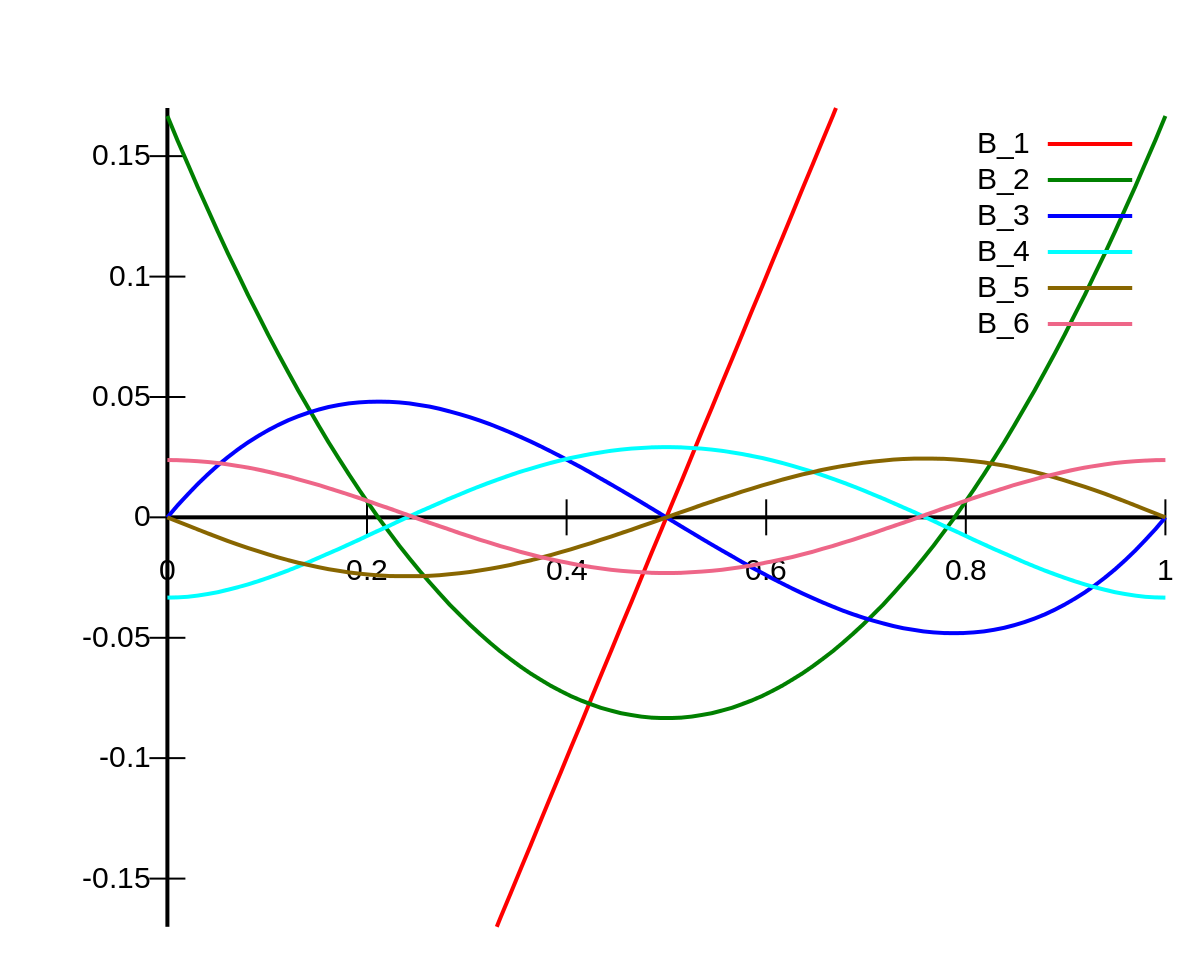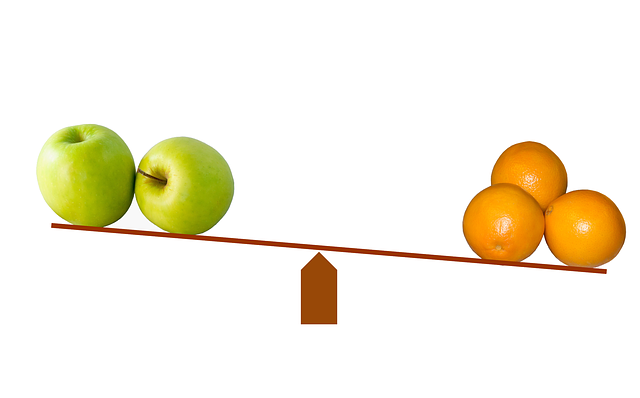You likely had your first taste of working with fractions sometime in elementary school, though it's probably been a while since you've had to deal with how they shift, change, and interact with one another. To refresh, fractions and ratios are both used to represent pieces of a whole. Fractions tell you how many pieces you have compared to a potential whole amount (3 red marbles in a bag of 5, for example), while ratios compare pieces to each other (3 red marbles to 2 blue marbles) or, more rarely, pieces to the whole amount (again, 3 red marbles in 5 total).
If this sounds complicated to you right now, don’t worry! We will go through all the principles behind fractions and ratios in this guide. If this seems easy to you right now, definitely check out the practice problems at the end of the guide to make sure you have mastered all the different kinds of fraction and ratio problems you’ll see on the test. The SAT likes to present familiar concepts in unfamiliar ways, so don’t let your mastery of fractions lead you to make assumptions about how you’ll see fractions and ratios on the test.
No matter how comfortable you are (or are not) with fractions and ratios right now, this guide is for you. Here, we will go through the complete breakdown of fractions and ratios on the SAT—what they mean, how to manipulate them, and how to answer the most difficult fraction and ratio problems on the SAT.
























